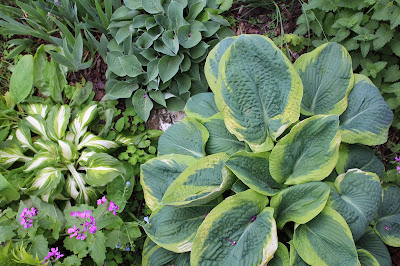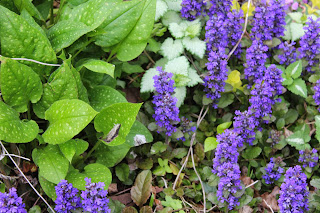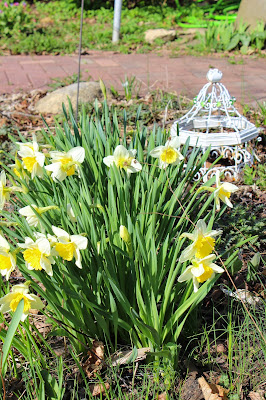 From a distance it looks like a clamoring crowd but when you think about it, you realize gardens are like communities.
From a distance it looks like a clamoring crowd but when you think about it, you realize gardens are like communities.
Look more closely and see the little clusters of social groups. They have so much in common: they love the sun, the dirt between their toes and drinks after a long day. However they are also individuals and proud of it, with their colorations, textures and heights. Husker Red Penstamone, soft, fuzzy Lamb's Ears and the very tall variety of Black Eyed Susans create quite a contrast.
Often times, family members show similar qualities but can be so different. Size, color, texture, and leaf shape in endless combinations make hostas one of the most collectible plants. Both their variations and their similarities are what make them look so nice together.
It's true, often opposites attract. Short and tall, thin and wide. They compliment one another, showing off one another's best features. Alone, each is stunning but together they are breathtakingly beautiful.
The serrated edged leaves of the fall blooming Anemone, the red tips of the spring leaves on the Spirea with the cuppy woodland Ginger look phenomenal together.
The serrated edged leaves of the fall blooming Anemone, the red tips of the spring leaves on the Spirea with the cuppy woodland Ginger look phenomenal together.
Some speak a loud, colorful language, while others are subtle. Throughout the summer conversations ebb and flow with first this one, then that one, voicing their thoughts and opinions.
Some are quiet and let other others do all the talking but the neighborhood just wouldn't be the same without them.

With coffee in hand one needs to stop and observe each little cluster. Listen to the conversations, notice their interactions.




































